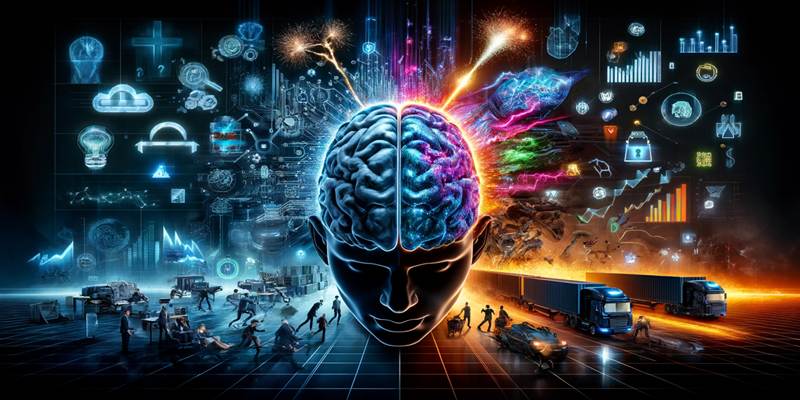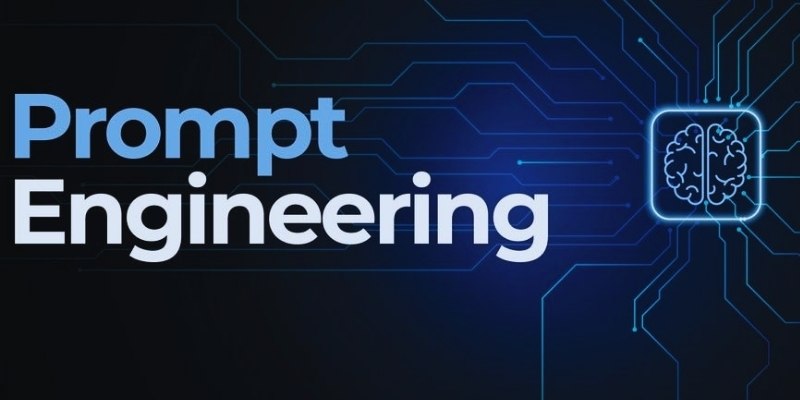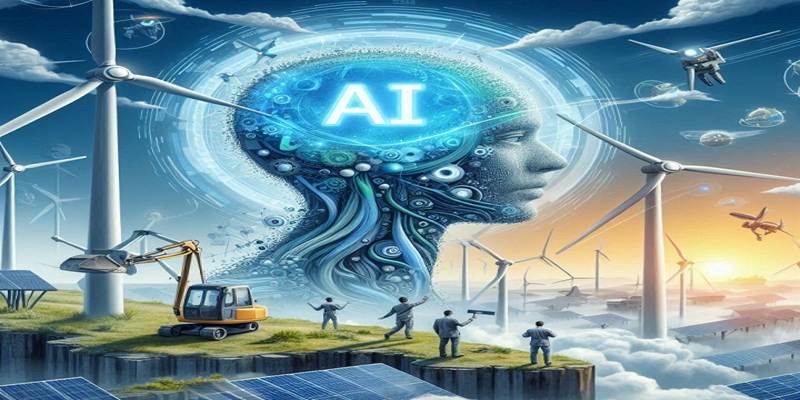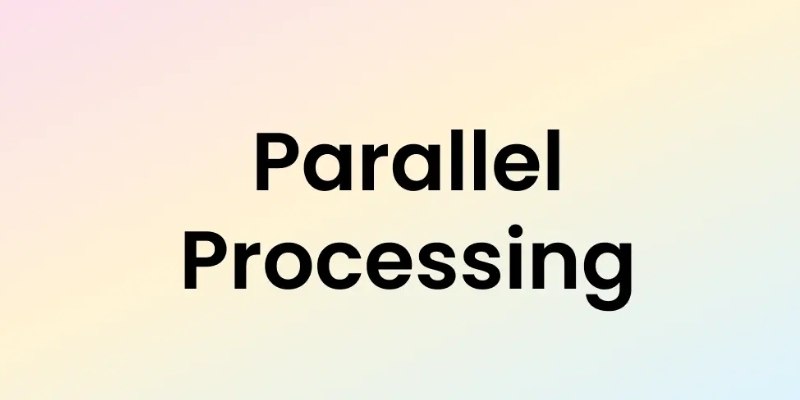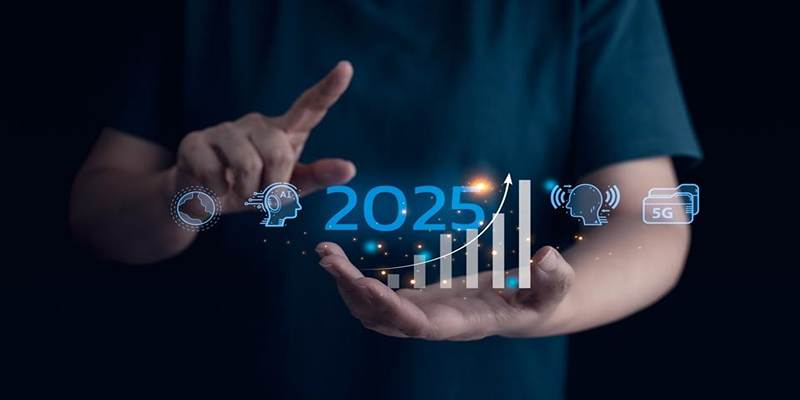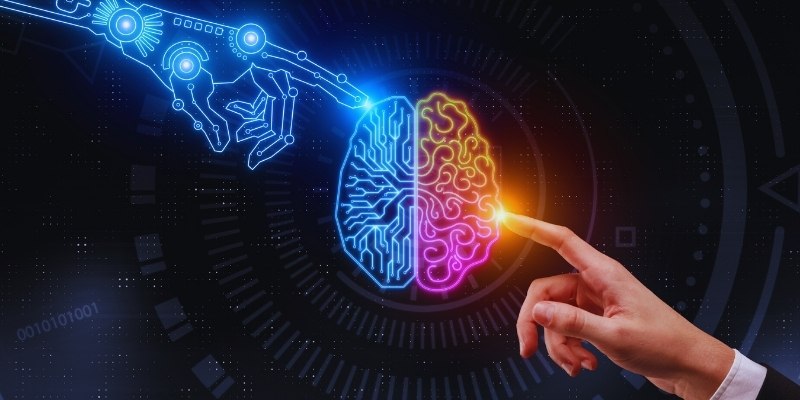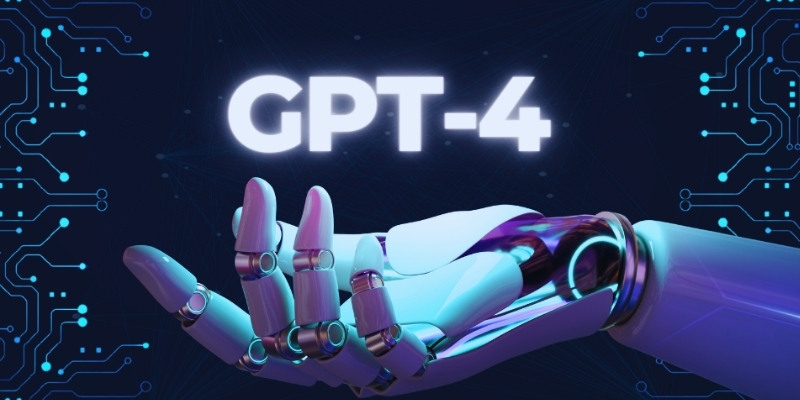Solar power has become a popular and safe way to get energy as the world moves toward cleaner and more long-lasting supplies. Despite its benefits, solar energy still has problems, such as weather that can't be predicted, dust on screens, and systems that don't work as well as they could. Then, Artificial Intelligence (AI) comes in. AI is now being used in smart ways to improve the performance of solar energy systems, increase their output, and lower their prices. Looking at how AI is changing the solar business,
How AI Helps Solar Energy Systems Work Better
AI technology plays a key role in boosting solar energy system performance. By using smart algorithms and data, AI can manage solar panels more effectively than traditional methods.
Some common uses of AI in solar energy include:
- Predicting sunlight availability using weather data
- Automatically moving panels to get the most sunlight
- Monitoring equipment health and predicting failures
- Managing energy flow in homes and grids
- Cleaning schedules based on panel dirt levels
Let’s take a closer look at how AI is used in each of these areas.
AI for Solar Forecasting and Weather Prediction
Cloudy or wet days are one of the hardest things for solar energy to deal with. AI can guess how much solar energy will be available by looking at weather data, satellite pictures, and how the sun has behaved in the past. It's easy for energy companies to plan and handle the supply of energy. Customers and companies can also use it to find out when their solar panels will produce more or less energy.
Key benefits of AI-powered forecasting:
- Improved accuracy in energy predictions
- Better energy storage planning
- Smoother integration with the power grid
Optimizing Solar Panel Angle and Tracking
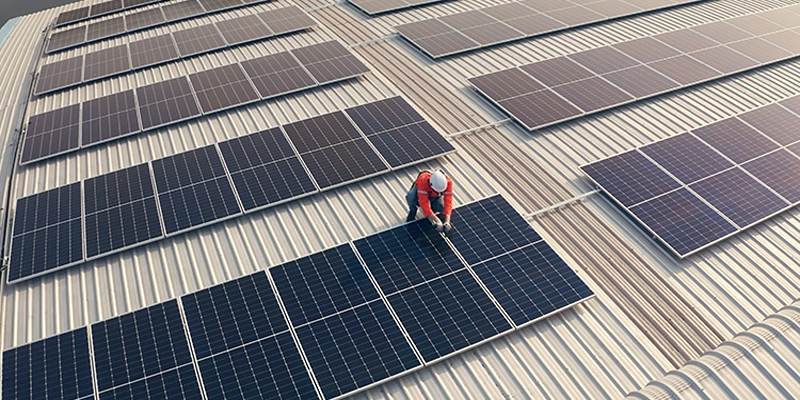
AI systems can control solar tracking devices that move panels to follow the sun’s position. These devices use AI to decide the best angles for panels at any given time during the day. Even a small change in the panel's angle can make a big difference in how much energy is produced. AI ensures that panels stay in the best possible position throughout the day.
Advantages of AI-based tracking systems:
- Maximized sunlight absorption
- Increased daily energy output
- Reduced human error in manual tracking
This results in more energy generated without needing extra panels.
Smart Maintenance and Fault Detection
Solar panels and equipment can develop faults or lose efficiency over time. Traditionally, these issues were only found after a noticeable drop in performance. Now, AI-powered monitoring systems can detect small problems early. They track panel temperature, power output, and other signals to spot issues like:
- Broken or underperforming panels
- Dust or dirt blocking sunlight
- Wiring or connection failures
With AI, maintenance becomes:
- Predictive instead of reactive
- Faster and less expensive
- Based on real-time data
Managing Energy Storage and Usage
Solar energy production doesn’t always match energy usage. AI helps balance this by managing how and when to store solar power in batteries or send it to the grid. AI learns your household or facility’s energy habits and adjusts power flow automatically. For example, it may store energy during the day and use it at night when the sun is down.
Smart energy management helps:
- Avoid power waste
- Cut electricity bills
- Improve battery life and efficiency
It is especially helpful in places where energy costs vary during the day.
Automated Cleaning for Better Panel Performance
Dust, bird droppings, and pollution can block sunlight and reduce panel output. Cleaning panels regularly is important but can be time-consuming and costly. Some companies now use AI to decide when panels need cleaning. Sensors check for dirt levels, and AI determines the best time to clean them. It saves water, money, and effort.
AI-based cleaning schedules offer:
- Less frequent but more effective cleaning
- Higher energy efficiency
- Reduced manual labor and maintenance costs
Even this simple application can lead to significant energy gains over time.
Real-Life Examples of AI in Solar Energy
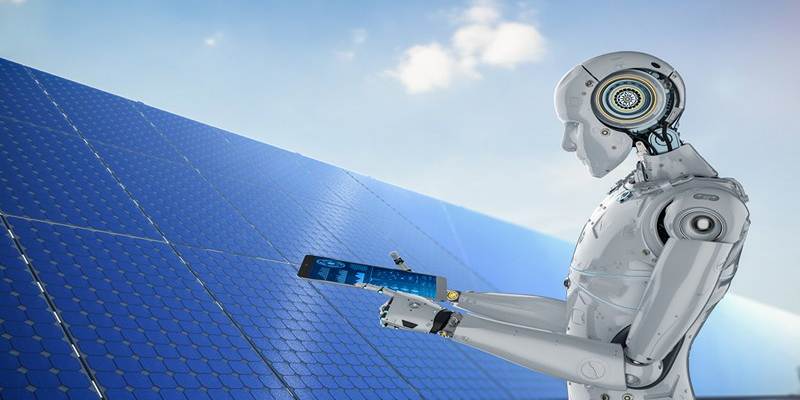
The use of AI in solar energy is no longer just experimental—it’s already transforming the industry across the globe.
Examples include:
- Google’s DeepMind uses AI to forecast solar and wind energy output, improving decision-making for energy supply.
- Tesla’s AI-enabled Powerwall monitors energy usage and adjusts battery operations automatically.
- Indian solar farms deploy AI-powered drones to inspect panels and identify faults quickly.
- Smart cities in Europe integrate AI-managed solar systems into public infrastructure for reliable green energy.
These real-life examples showcase the tangible benefits AI brings to solar energy systems across residential, commercial, and industrial sectors.
Why This Matters for the Environment and Economy
AI doesn’t just help solar energy work better—it helps the planet. By making solar systems more reliable and powerful, AI encourages more people and companies to switch to clean energy.
Environmental and economic benefits include:
- Lower carbon emissions
- Reduced electricity costs
- More stable and efficient energy systems
- Better return on investment for solar users
In short, AI is helping make solar energy a smarter, cleaner, and more affordable option for the future.
Conclusion
Artificial Intelligence is unlocking the full potential of solar energy by making systems more intelligent, adaptive, and efficient. From panel optimization and performance monitoring to smart storage and predictive maintenance, AI is helping overcome many of the limitations traditionally associated with solar power. By improving both the output and efficiency of solar energy systems, AI is driving a new era of clean, dependable, and affordable power. As the world continues to shift toward sustainable energy solutions, AI will play a crucial role in making solar power smarter and more accessible for all.

